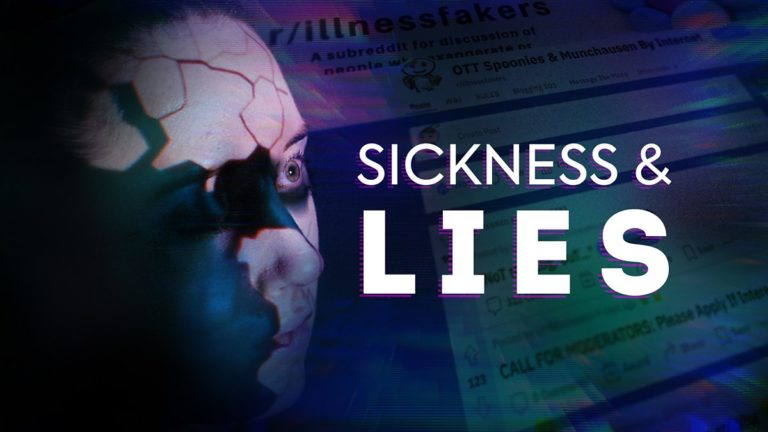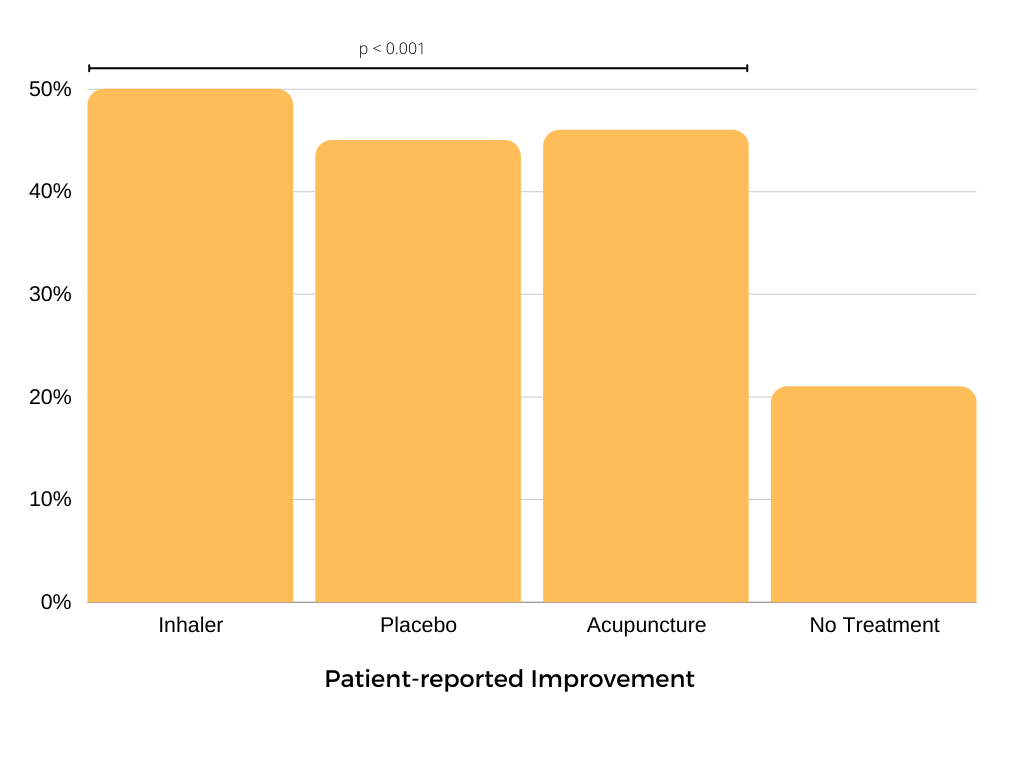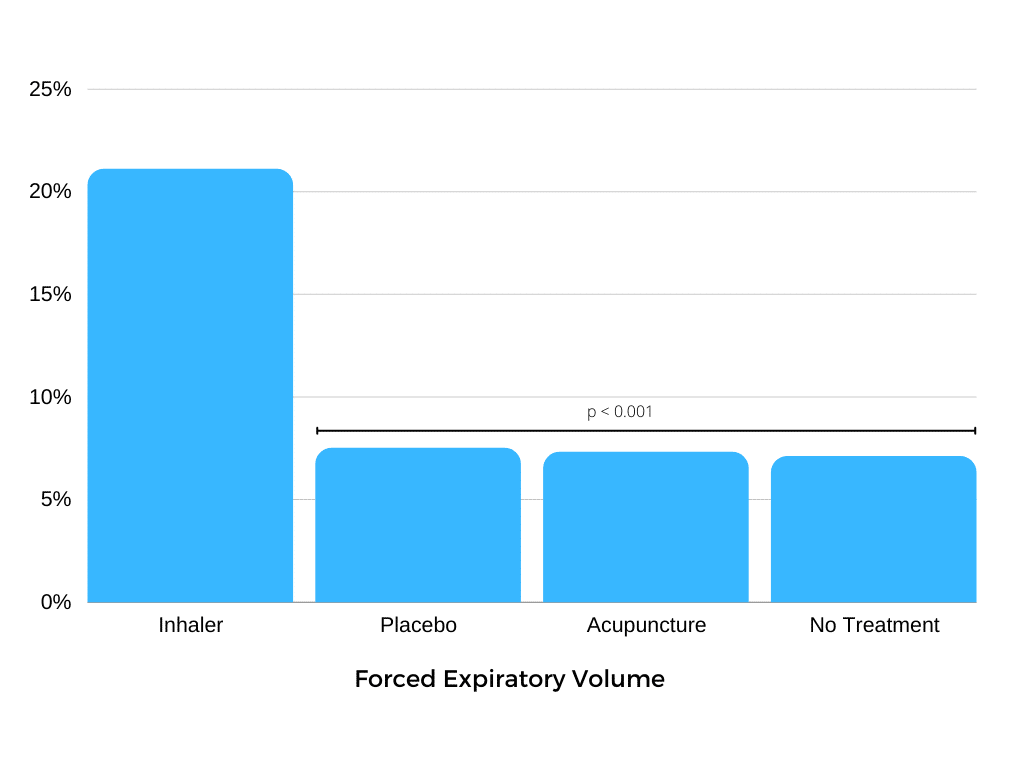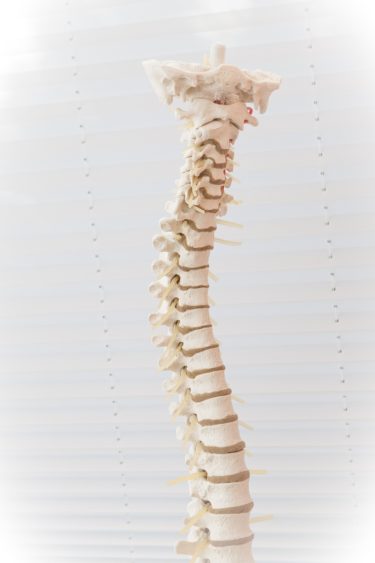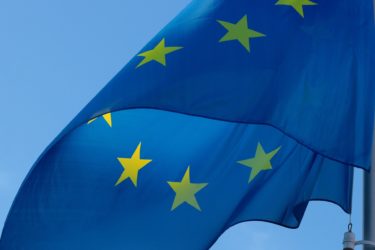I’m at the travel agents and the agent is writing down flight options for me on one of their compliment slips. They use that rounded handwriting that all travel agents seem to have and write carefully and deliberately. I watch, because I want to check the details going down are as we’ve discussed. But as I watch that pencil make its way across the paper I get this lovely warm, calm sensation ripple from my the top of my head and down towards my shoulders.
This sensation is one I’ve experienced as long as I can remember. It has a number of triggers, some involving physical touch (someone gently styling my hair for example, or playing that childhood game where you write letters on each others backs) but many involve just watching someone perform a small action, such as writing, with care and attention to detail. Yet despite being something I’ve experienced since childhood it’s not something I’ve ever discussed with others. When I was younger this was mostly out of fear of being thought of as weird – either I was the only one experiencing this which would make me strange, or everyone experienced it and I was strange to be talking about something so commonplace. But in recent years, ever since I found a name for this sensation – Autonomous Sensory Meridian Response or ASMR – I’ve found myself increasingly hesitant to out myself as someone who experiences it. This is because it is often seen as sexual or fetishistic in nature, a characterisation not helped by repeated references to “head orgasms” and the preponderance of young, attractive, female ASMR YouTubers.
But what is ASMR? As any article you read on the subject will tell you, the term was coined by Jennifer Allen in 2010 to describe the tingling sensation she, and others, feel in response to specific sensory cues. This feeling starts in the head and can spread to the shoulders and back, sometimes to other extremities when particularly intense. Despite the constant allusions to sexual orgasms it is not a sexual sensation. It is pleasurable but not all pleasure is sexual, and these allusions appear to be more to do with our limited vocabulary to describe different types of pleasure than it is to do with any actual relationship to sex. It is calming and many people trigger their ASMR to help get to sleep, in contrast to frisson, which is emotionally arousing or exciting. My triggers are fairly typical, though I appear to be in a minority by not finding whispering a trigger (in fact, I find it incredibly annoying and the forced “ASMR whisper” is something I cannot stand).

Shortly after naming the sensation Allen set up a Facebook group, and not long after a YouTube community arose creating and sharing videos designed to trigger the feeling. That community is huge and growing – in 2019 there were a reported 13 million ASMR videos, up from 5.2 million a mere three years earlier – and popular videos have many millions of views. Despite an increased popular awareness ASMR has struggled to be considered worthy of scientific investigation. Of course, its hard to research something you don’t know exists and doesn’t have a name, but even so, the lack of scientific interest in this sensation is notable. It doesn’t help that those who don’t experience it are often sceptical of its existence – understandable but also slightly infuriating.
No-one knows what percentage of the population experiences ASMR. In fact no-one knows very much about anything relating to ASMR. This isn’t that surprising given the first peer-reviewed paper on ASMR was only published in 2015, but since then the research has been all over the place. Researchers have compared the brains of people who do and don’t experience ASMR, and have examined the brains of people while experiencing ASMR. They have compared the personalities of people who do and don’t experience ASMR, and compared the emotional regulation abilities of those who do and don’t experience ASMR. But all these studies have been limited in size and scope, making it difficult to draw any firm conclusions.
This lack of coherence in the research makes it hard to say anything definite about our current understanding of the phenomenon or where future research will lead. This isn’t surprising given that we are barely a decade into recognising it as a real experience. Cynically, I suspect a lot of the research will focus on how ASMR can be exploited for commercial gain as companies have already recognised just how lucrative it can be, particularly as people are already exploring the effects of triggers on those who do not experience ASMR.
More broadly, I think that ASMR provides an interesting case for skeptics. It is a real phenomenon, even if its neurological underpinnings are currently unclear, but it’s a phenomenon that is impossible for someone who does not experience it to understand and easy to dismiss as made up. Any skeptic exploring the seemingly bizarre online community of ASMRists and their viewers for the first time can be forgiven for thinking they’ve found the latest woo. (Though it’s worth remembering that not everyone who experiences ASMR is a part of this community or is even aware of its existence). The extravagant claims that have been made about ASMR as potential cures for anxiety and depression, even in children, only serve to reinforce the idea that this is pseudoscience preying on vulnerable or gullible people who mistake feelings of calm and contentment with some special sensation.
So how can a skeptic who doesn’t experience ASMR, or synaesthesia (another relatively recently recognised neurological phenomenon), or other some yet-to-be-discovered neurological phenomenon test the validity of claims that they exist? I think, perhaps controversially, that this may be an instance where we can say that anecdotes, in sufficient quantity and quality, accumulate to the point that they can be considered data. In the case of both ASMR and synaesthesia, there is a remarkable consistency in the reports from people who experience them.
This may be an instance where anecdotes, in sufficient quantity and quality, can be considered data… In the case of both ASMR and synaesthesia, there is a remarkable consistency in the reports from people who experience them
Take a look at the comments under this piece by clinical neurologist and skeptic Steven Novella where he discusses the scientific evidence for and against ASMR. There is comment after comment about people saying they have had this experience since childhood, describing similar triggers without any evidence of collusion. While Novella points out in the comments that people report all sorts of weird experiences but that doesn’t make them real – out-of-body and near death are two examples he provides –I would argue that saying you have a specific and repeatable type of response to certain audio, visual or tactile cues is in a different league to saying you had a glimpse of the afterlife. (I’d also add that both the experiences he describes are real, just that they aren’t people literally leaving their body or seeing a door to the afterlife).
This isn’t to say that there isn’t pseudoscience within the ASMR communities. The commercialisation of ASMR has already begun and there is huge scope for exploitation of vulnerable people, especially given many of those who listen to ASMR videos do so to help with conditions such as depression and insomnia. But being skeptical of exploitative companies and individuals doesn’t mean we have to be skeptical of the underlying phenomenon.
Ultimately, I think ASMR provides us an opportunity to explore the limits of skepticism, particularly around personal experience. Extraordinary claims require extraordinary evidence, but given the complexity of the human brain, it really doesn’t seem that extraordinary that there should be some quirks that only a small percentage of the population experiences. Synaesthesia and now ASMR are two of these quirks. I wonder what others are out there that people have been experiencing all their lives without realising how unusual they are – or, indeed, aren’t.






